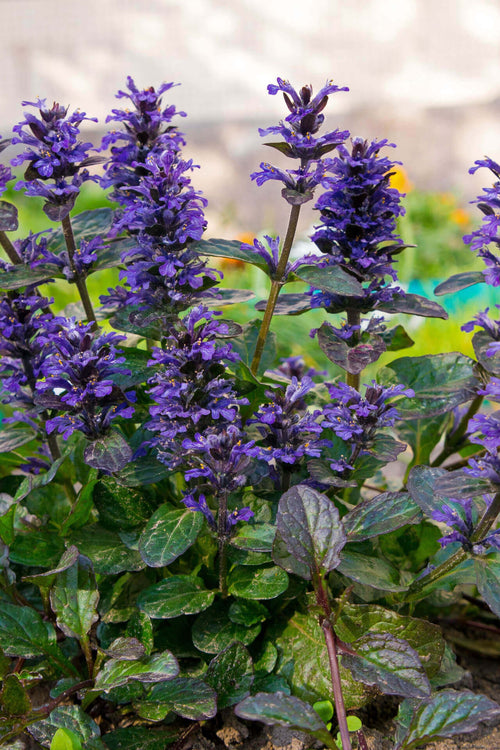Monday, August 15
TN Nurseries best selling plants and ferns
partridgeberry
Trilliums
Christmas ferns
Glade ferns
Low maintenance gardens need not seem like the bare kind, not many plants, plenty of rocks, paving, gravel, and so forth.
You could have an attractive garden sticking to just a few principles. Variety of choices, types of plants, small garden layout, mulching, and a well-considered garden layout.
Planning a small, low-maintenance garden is how an individual seriously should start the planning.
Check out your neighborhood nurseries; find out from your regional council what kind of plants are indigenous to your area. Those are typically the ones who will thrive for you for a small amount of effort.
The range of choices of plants.
At present, there exists a significant number of plants to choose between to assist with your low-maintenance garden work. Drought tolerant and native plants should be the number one thing to consider. Each of these plants will demand much less attention from you; less attention implies much less garden maintenance.
Startup with a reference file. Take note of all the plants that will be well suited for your area. After that, reference them on the internet or in outdoor plant books. Find the best garden book to provide anticipated growth height and width. That could be vital to allow the growing room and decide just how densely you desire the planting to become. The more densely a tiny garden is planted, the less moisture loss out of your ground, thus lessening garden maintenance.
Varieties of plants
Any plants that require pruning wouldn't go there. In the event it says quick-growing, always look for the forecasted height as well as width. These could get out of hand quickly. Annuals, vegetables, and herbs aren't most certainly what you call lower maintenance garden work. Even though each of these can work well in containers, the maintenance needn't be significant due to the small number. Of course, a small, low-maintenance garden does not mean zero maintenance.
Choose leaf structure, variegated, and a selection of leaf sizes and colors. A few superb plants within the famine-tolerant variety will probably be your lower-maintenance plants. Opt for plants of varying height levels and choose mass plantings of the different varieties you finally choose.
Garden plan
The way you set out your garden is so significant while planning for a small, low-maintenance garden. It is entirely in the garden layout.
The walkways, spots for seating but perhaps outside dining beneath shady trees during summer, and trees may lose their leaves during winter.
Raking up leaves would not appear to be low maintenance. However, a leaf vacuum will take proper care of that for you only once a year.
Lawn areas ought to be kept to a minimum. Lawns do require more upkeep, mainly during summer. Using pavers, gravels, and perhaps timber can also add interest. Curves look better than straight lines to get a more relaxed small garden. Vertical lines could make a garden appearance much more formal.
You can add contrast to your miniature garden by using diverse textures. That is undoubtedly where the utilization of pavers, gravel, pebbles, and timber comes into play. The usage of huge pots, elevated garden beds, water features, a wall or trellis for a vine to climb on, and in case the garden is compact, think about a mirror on a fence to reflect the plantings.
Take the eye through from one particular location to a different, using plantings to bring about interest and extend the garden. Smartly planning your small, low-maintenance garden will not have it appear like a 'low-maintenance garden'; however, it is a fantastic spot to take pleasure in.
Source to Buy a Variety of Low Maintenance Plants and Flowers



















































